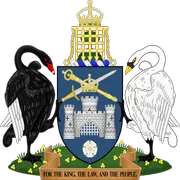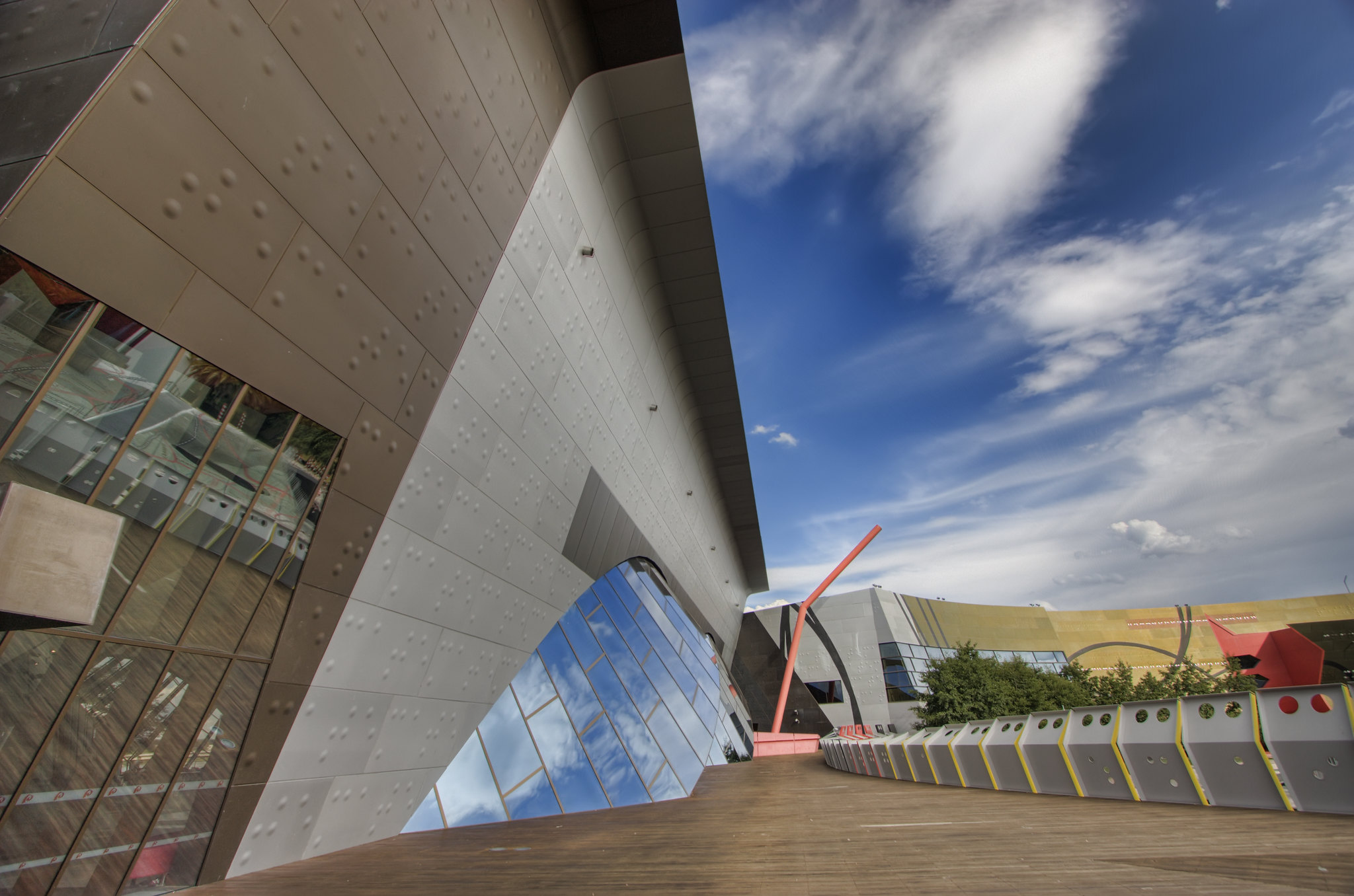The National Museum of Australia, located in Canberra, is a cultural institution dedicated to preserving and showcasing the country’s rich history and diverse heritage. Established in 2001, the museum’s striking architecture features a series of interlocking loops designed to represent the intertwined stories of Australia’s land, nation, and people. The museum’s extensive collection spans over 200,000 objects, covering Indigenous cultures, European settlement, and contemporary Australian life. Through its permanent and temporary exhibitions, educational programs, and research initiatives, the National Museum of Australia aims to foster a deeper understanding of the nation’s past, present, and future, while encouraging dialogue and reflection on Australian identity and experiences.
With our concierge services, you can effortlessly plan your visit to this cultural landmark, ensuring a seamless and enriching experience. From securing tickets to arranging guided tours, our concierge service is dedicated to enhancing your museum visit. Additionally, we can assist in organizing transportation and recommending nearby dining options to complement your day at the museum. By leveraging our concierge service, you’ll gain deeper insights and a more personalized journey through Australia’s past, present, and future.
The National Museum of Australia in Canberra is a treasure trove of Australian history and culture, and one of its most captivating features is its extensive collection of Aboriginal art. Visitors to the museum can embark on a fascinating journey through time and across the vast Australian landscape as they explore the diverse and vibrant works created by Indigenous artists.
As you step into the Aboriginal art galleries, you’re immediately struck by the rich tapestry of colors, patterns, and stories that unfold before your eyes. The museum’s collection spans thousands of years, from ancient rock art to contemporary pieces, offering a comprehensive look at the evolution of Aboriginal artistic expression. It’s like taking a walk through time, with each artwork serving as a window into the rich cultural heritage of Australia’s First Peoples.
One of the most striking aspects of the Aboriginal art collection is the variety of styles and techniques on display. You’ll find everything from intricate dot paintings that tell Dreamtime stories to bark paintings that depict hunting scenes and important ceremonies. These works aren’t just beautiful to look at; they’re also packed with meaning and significance, often serving as visual representations of Aboriginal law, spirituality, and connection to the land.
As you wander through the galleries, you’ll notice that many of the artworks are accompanied by informative plaques and audio guides. These resources are incredibly helpful in decoding the symbolism and understanding the stories behind each piece. It’s like having a knowledgeable friend whispering in your ear, sharing the secrets and significance of each brushstroke and pattern.
One of the highlights of the collection is the display of traditional tools and materials used by Aboriginal artists. You can see examples of natural pigments, brushes made from human hair or plant fibers, and various types of bark and wood used as canvases. This hands-on approach to understanding the artistic process really brings the artwork to life and helps visitors appreciate the skill and ingenuity of the artists.
The museum doesn’t just focus on historical pieces, though. There’s also a fantastic selection of contemporary Aboriginal art that showcases how traditional techniques and stories are being reinterpreted and reimagined by modern artists. It’s fascinating to see how these artists are blending ancient traditions with new media and ideas, creating works that are both deeply rooted in their cultural heritage and thoroughly modern.
As you explore the collection, you’ll also learn about the important role that art plays in Aboriginal communities. It’s not just about creating beautiful objects; art is a way of passing down knowledge, preserving culture, and maintaining connections to the land and ancestors. This deeper understanding of the significance of Aboriginal art adds another layer of appreciation to the viewing experience.
The National Museum of Australia has done an excellent job of presenting its Aboriginal art collection in a respectful and engaging way. The curation is thoughtful and informative, providing context and background without overwhelming visitors with too much information. It’s a delicate balance, but one that the museum has managed to strike perfectly.
Before you leave the Aboriginal art galleries, make sure to check out the interactive displays and hands-on activities. These are great for visitors of all ages and offer a chance to try your hand at some traditional art techniques or learn more about the stories behind the artworks. It’s a fun and engaging way to round out your exploration of this incredible collection.
In conclusion, the Aboriginal art collection at the National Museum of Australia is a must-see for anyone interested in Australian culture and history. It offers a unique and immersive experience that will leave you with a deeper appreciation for the rich artistic traditions of Australia’s First Peoples. Whether you’re an art enthusiast, a history buff, or just curious about Aboriginal culture, you’re sure to find something that captivates and inspires you in this remarkable collection.The National Museum of Australia stands as a significant cultural institution that showcases the country’s rich history, diverse heritage, and unique identity. Through its extensive collections, interactive exhibits, and thought-provoking displays, the museum offers visitors a comprehensive exploration of Australia’s past, present, and future. By presenting stories of Indigenous cultures, European settlement, and modern Australian life, the museum fosters a deeper understanding of the nation’s complex narrative. Its innovative approach to curation and commitment to inclusivity ensures that the National Museum of Australia remains a vital resource for education, research, and cultural preservation, contributing to the ongoing dialogue about Australian identity and its place in the global community.

